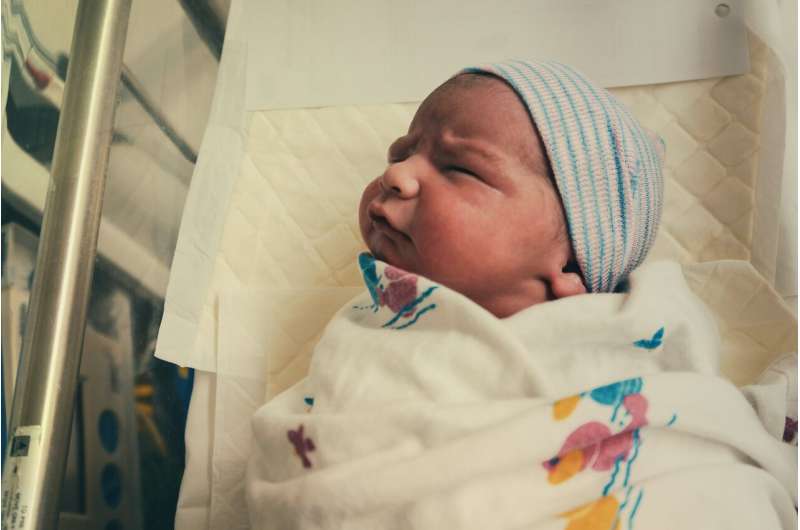Innovative Wearable Sensor Offers New Hope in Monitoring Sleep Apnea Treatment Effectiveness

A new wearable pulse oximeter with connected software shows promise for effectively monitoring obstructive sleep apnea treatment response, improving patient management outside traditional sleep labs.
Recent advancements in wearable sensor technology have opened promising avenues for tracking and managing obstructive sleep apnea (OSA). At the ATS 2025 International Conference, researchers presented a novel wearable pulse oximeter equipped with a connected software platform that demonstrates potential for monitoring patients' responses to OSA treatments and other sleep-related breathing conditions.
This FDA-cleared device prioritizes user comfort and simplicity, enabling high patient compliance during clinical trials. Its continuous data collection capability allows clinicians and patients to observe variations in breathing and oxygen saturation from night to night, providing more comprehensive insights than traditional single-night assessments.
According to Ketan Mehta, MS, head of product and engineering for Connected Wearables at Apnimed, the ability to gather longitudinal data helps gauge treatment efficacy over time. One notable finding from the studies is that collecting two channels of sleep data over multiple nights may outperform traditional in-lab polysomnography, which involves extensive multiple-channel recordings over a single night.
While consumer sleep devices like the Oura Ring or Apple Watch can measure sleep biometrics, they are not designated for medical diagnosis. In contrast, this ring-shaped device uses transmittance-based photoplethysmography, making it more reliable for low perfusion situations and suitable for clinical applications. It transmits data to an app accessible via smartphones, enabling patients and healthcare providers to share insights and facilitate informed discussions.
Clinical studies involving patients wearing the device over nine nights within a 47-day period have shown high usage rates, with many participants exceeding the minimum recommended duration. The device's ability to monitor oxygenation not only aids in understanding OSA but could also extend to other respiratory conditions such as COPD and ILD.
The integration of this technology into routine care could streamline patient access, reducing reliance on cumbersome and costly sleep labs, and allow for more proactive management of sleep apnea outside specialist settings. Ongoing research aims to validate further the device’s utility and improve patient and clinician experience, paving the way for more personalized sleep disorder management.
This innovative approach exemplifies how digital health tools are transforming the landscape of sleep medicine, offering patients and providers a more practical and accurate means of disease monitoring and treatment optimization.
Stay Updated with Mia's Feed
Get the latest health & wellness insights delivered straight to your inbox.
Related Articles
The Role of Genome Doubling in Cancer Metastasis and Tumor Evolution
Recent research highlights the significance of genome doubling in cancer metastasis, revealing how genetic alterations like CNAs drive tumor evolution and resistance. These insights could pave the way for targeted therapies against metastatic cancer.
Smart Speakers Show Promise in Supporting Children's Speech Development
Research suggests that smart speakers can be a fun and effective tool to support children with speech difficulties, helping improve clarity and confidence through interactive practice.
Corticosteroids Do Not Outperform Placebo in Bacterial Keratitis Treatment
A recent study finds that corticosteroids do not provide additional benefits over placebo in treating bacterial keratitis, questioning their routine use in management.



